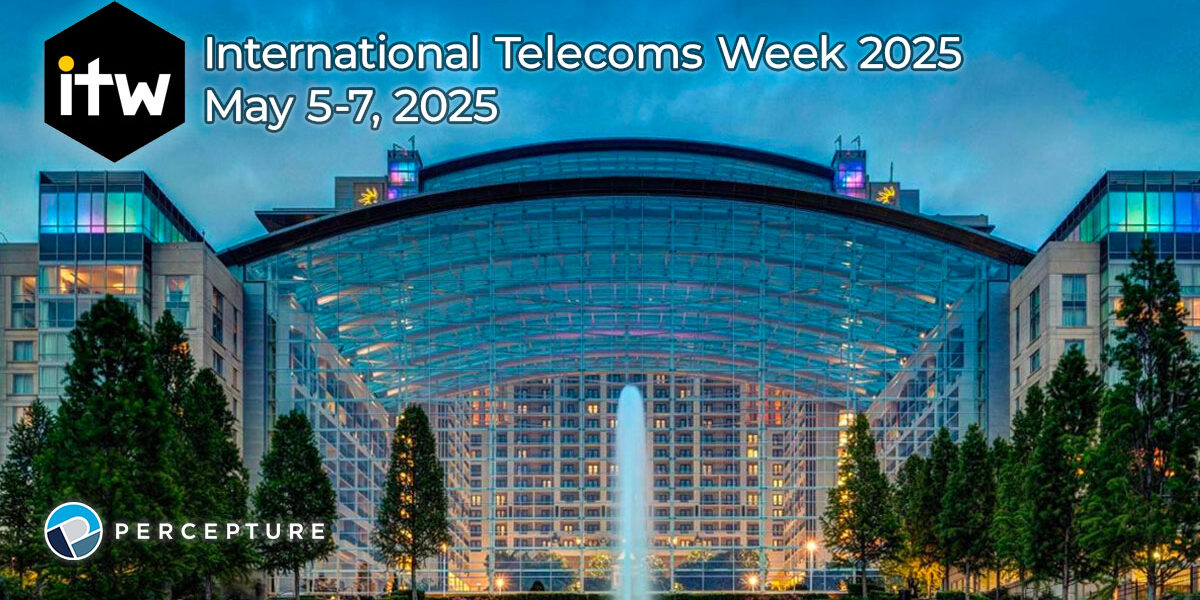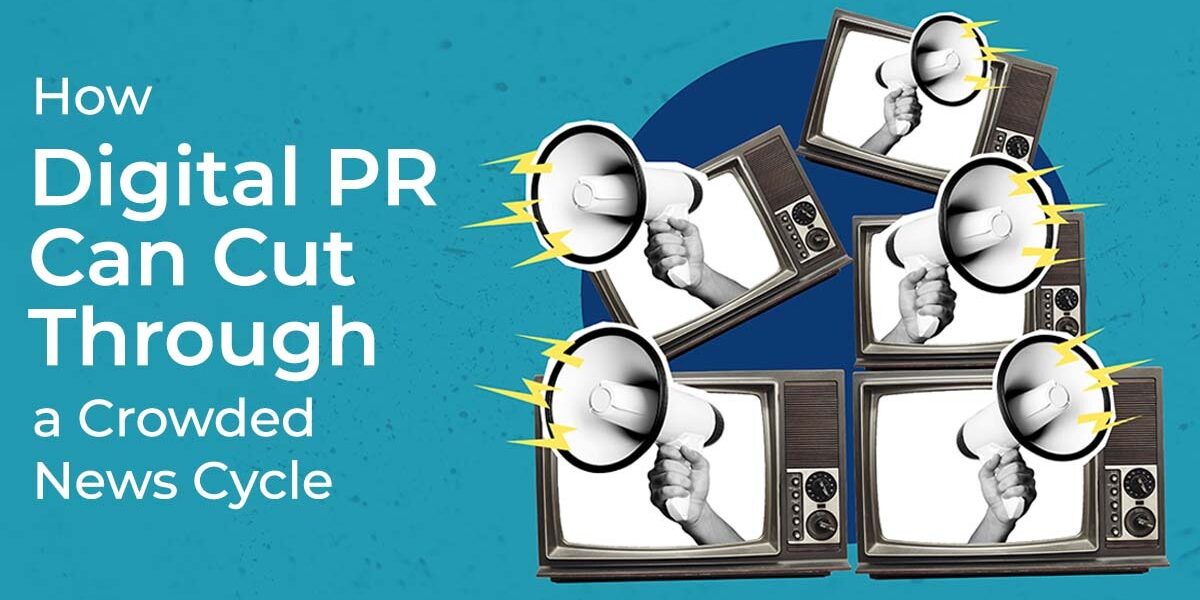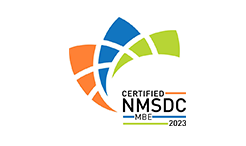It’s 2024, and everyone from media planners to ad buyers to agencies are talking about Omnichannel Marketing. What does it mean? Is it the same thing as Multichannel Marketing? What are the differences in Omnichannel vs Multichannel Marketing?
Don’t worry – we’ve got your back. As an experienced Omnichannel marketing agency we’re ready to explore what “omnichannel” really means and how it is different from multichannel marketing.
What is Multichannel Marketing?
Multichannel Marketing refers to a marketing strategy focused on reaching customers via a presence on multiple defined channels, both online and offline. The goal of multichannel marketing is to enable discovery across multiple platforms. This can include different platforms like broadcast, print, social media, email, websites, and physical stores.
Multichannel marketing arose as brands focused on consumer preferences and habits. As advertising grew to encompass more and more-varied channels, it changed the idea that prospects of a brand would only be reached on a single channel or primarily found on one platform.
Single-channel marketing campaigns would skip communicating to some audiences entirely, and miss out on the opportunity to reinforce messaging to others.
Consider a company advertising a high tech home gadget like a robot vacuum. Their multichannel strategy might include broadcast commercials, flyers in regional newspapers and circulars, social media ads and influencer marketing, a website landing page, and in-store retail banners.
What is Omnichannel Marketing?
Omnichannel Marketing is a unified approach to communicating with your customers on their preferred channels – which could include internet, text, social media, brick-and-mortar stores, and more! It focuses on creating a seamless, integrated experience between all of the channels where a customer might interact with a brand.
“Omni” comes from the Latin word meaning “all,” which leads some people to think Omnichannel Marketing means marketing everything, everywhere, all at once.
That’s a common mistake!
The “omni” in Omnichannel doesn’t mean “EVERY channel that EXISTS.” It means “ALL the channels your customers use.”
No two customers will have the same preferences and usage behavior, so Omnichannel Marketing requires you to coordinate the same message or complementary messages across every potential channel.
Omnichannel marketing is “non-linear.” That means that it does not expect or require customers to engage the channels in a specific order. Some customers may first engage with a paid ad while others start with an organic social media post. However, the marketing message stays consistent no matter the channels they choose or the order they engage in.
Using Omnichannel vs Multichannel Marketing creates a unified customer journey even as consumers switch between channels during their day and throughout their purchasing experience.
Example of Omnichannel Marketing
Here’s an example of Omnichannel Marketing at work across a lengthy conversion funnel.
First, your potential customer sees your booth at a conference. They take note of your product thanks to advertising banners or physical takeaways, but aren’t ready to make a purchase at that time.
Later, the prospect searches for products similar to yours, and your product page is on the first page of the search results! They visit your product page at work on a desktop computer and get distracted, but later make the same search on their mobile device to visit your mobile-optimized site. Your site has information that complements what they saw at the conference.
Now your prospect has been targeted with a remarketing campaign thanks to a tracking pixel on your site. They see ads around the web as they surf that reinforce the information they have already received from you. Rather than clicking the ad, they visit one of your social media profiles, where you have recently featured the product they’re seeking. This leads them to visit your site again, this time to sign up for a newsletter.
You capture the source of their newsletter sign-up and know it was from content on a specific product. You place the prospect into an email campaign focused on that product. After receiving three emails, the customer finally requests a quote and converts.
This conversion funnel included a total of 10 customer touchpoints on the way to conversion that included physical experiences, search, website, display ads, social media, email marketing, and a quote request!
This customer could have become stuck in the conversion funnel or lost at any point in this process if there had not been a proactive Omnichannel Marketing strategy in place.
Omnichannel vs Multichannel Marketing
Now that we’ve defined both Multichannel and Omnichannel Marketing, let’s look at Omnichannel vs Multichannel Marketing!
Both involve marketing across multiple platforms, channels, and formats. Where they differ is in the level of integration and consistency between those different advertising mediums.
Speaking generally, “multichannel” is a term for any marketing strategy that exists on two or more distinct channels. It tends to indicate PRESENCE on multiple channels of your choosing.
Multichannel Marketing focuses on your brand and your messaging as coordinated across specific channels of your choosing.
“Omnichannel” tends to mean both presence and coordination across a wide array of channels that reflect all of the possible touchpoints in a conversion funnel for your products and services. Some channels may echo the same messages as each other, while others may be complementary or sequential.
Omnichannel Marketing focuses on your customer and ensuring they have a consistent experience across every channel – even if that does not include some specific channels you prefer!
While it isn’t a requirement, many Omnichannel Marketing campaigns are also “smart” in some way. What does that mean? Data from omnichannel campaigns across different channels are connected behind the scenes to allow algorithmically-driven content personalization. We saw that in the example above, with the remarketing campaign and the product-focused newsletter.
Does Omnichannel Marketing matter?
We live in a world where people switch between devices and channels all day long. An omnichannel marketing strategy is no longer a “nice to have” when it comes to connecting with your customers. Today, it’s what every customer expects.
A decade ago, Google found that 90% of people with multiple devices switch between screens to complete tasks. Now, more people are using multiple devices than ever, with Digiday reporting that 84% of US adults splitting their attention across multiple screens.
That statistic is consistent with another, much-newer one. Chief Marketing Officer Council found that 85% of millennial and Gen Z audiences prefer brands to reach them on both physical and digital channels. That same study found that 78% of Boomers were unhappy if they had to “restart” a conversation with a brand – which could lead them to abandoning a purchase or product.
Plus, it takes time for marketing messages to sink in. The “Rule of 7” says that customers need to be exposed to brand messaging seven times to convert. An omnichannel strategy helps get your brand to that magic number quickly on the channels that customers prefer.
The data is consistent across all ages and industries. Today’s consumers not only require touchpoints across multiple channels – they expect it and appreciate it! That’s what omnichannel marketing matters.
Experience the Benefits of Omnichannel Marketing
Percepture is an Omnichannel marketing agency that uses customer journey mapping to understand where your customers interact with your brand on the way to conversion. We’ve helped clients succeed with Omnichannel strategies across multiple industries including Telecom, Travel & Tourism, Life Sciences, and more.
Contact us today to start a conversation about how you can unify your marketing channels with an omnichannel strategy.






